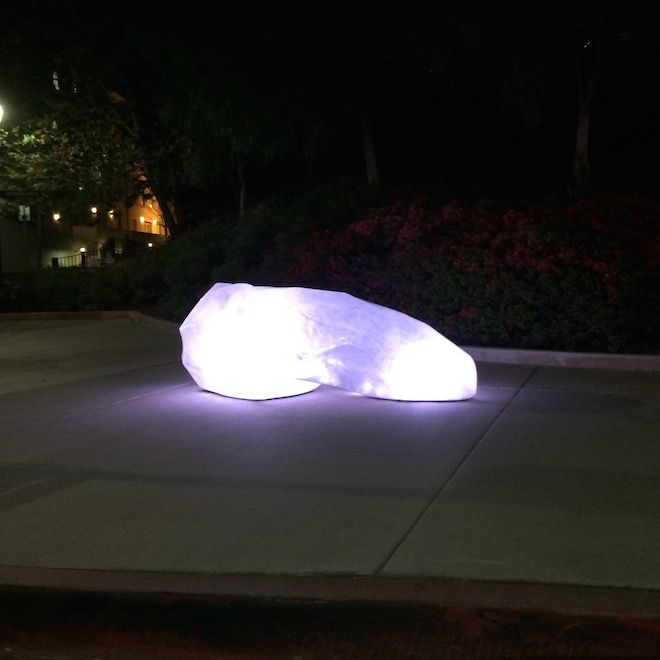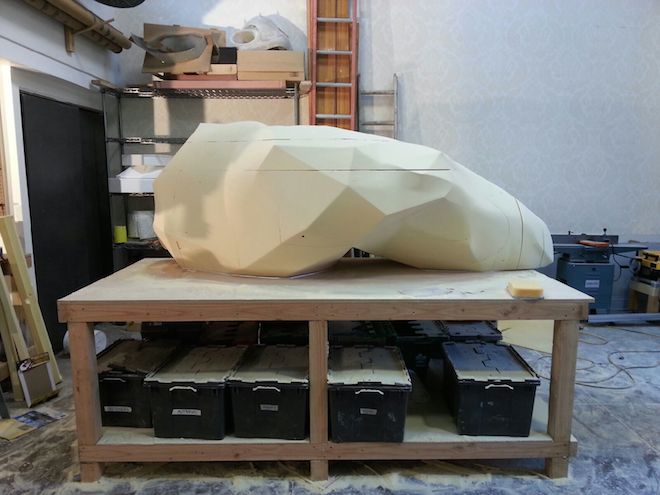




Ambient Informatics
Ambient Informatics brings aesthetics, technology, and innovative design together to create a new public experience in Westwood Village. It advances research into the use of a type of pervasive computing that communicates information in everyday environments without the use of language, numbers, visual icons, or screens.
Read more
In most cities, sidewalks are neglected spaces even though they are occupied by pedestrians throughout the day. In particular, citizens waiting for public transit at bus stops are often frustrated by inhospitable conditions as well as a lack of information about when the bus will arrive. This project brings aesthetics, technology, and innovative design together to create a new public experience in Westwood Village Los Angeles.
To do so, it advances research into the use of “ambient informatics,” a type of pervasive computing that communicates information in everyday environments without the use of language, numbers, visual icons, or screens. With the advent of smart-phones and applications like “Next Bus” and 511 services, many people are able to access the data necessary to make transit travel a viable option. However, when transport services are not connected to an app or serve those without technology in their pockets, these solutions fail.
cityLAB's Ambient Informatics project contributes to the study of Intelligent Transit Systems in heretofore unexplored ways by connecting urban transit’s complex data streams to people’s everyday lives through elegant, non-symbolic representations. This transdisciplinary collaboration between cityLAB and the UCLA Center for Research in Engineering, Media, and Performance (REMAP) with support from the UCLA Office of the Vice Chancellor for Research explores the potential for ambient informatics to impact the city experience, the sidewalk experience, and the wait-time experience. This ambition is achieved through the design, fabrication, and installation of an illuminated bench at the Weyburn Terrace Bruin Bus stop on Weyburn Avenue in Westwood Village next to the main UCLA campus. Playfully named “Ida and Dactyl” for its resemblance to the asteroid and its moon, the sidewalk installation employs a beacon system within the core (Dactyl) of the bench (Ida) using TCP/IP controlled, solid-state, energy efficient LED lighting that can be seen from a distance. Drawing on real-time data on Bruin Bus positions, the bench glows, growing brighter and changes color to communicate information about bus arrival and create new atmospheres along the sidewalk.
| Project Type: | research design |
|---|---|
| Participants: | Jason Payne (Hirsuta) Jeff Burke (REMAP) |
| Timeline: | 2012-15 |
| Themes: | urban sensing new infrastructure |
